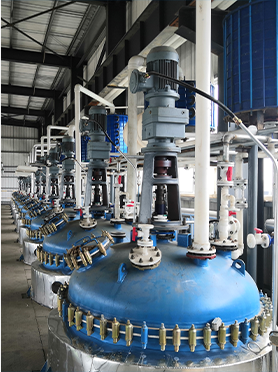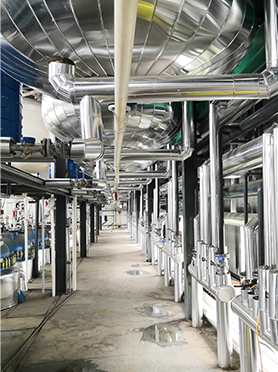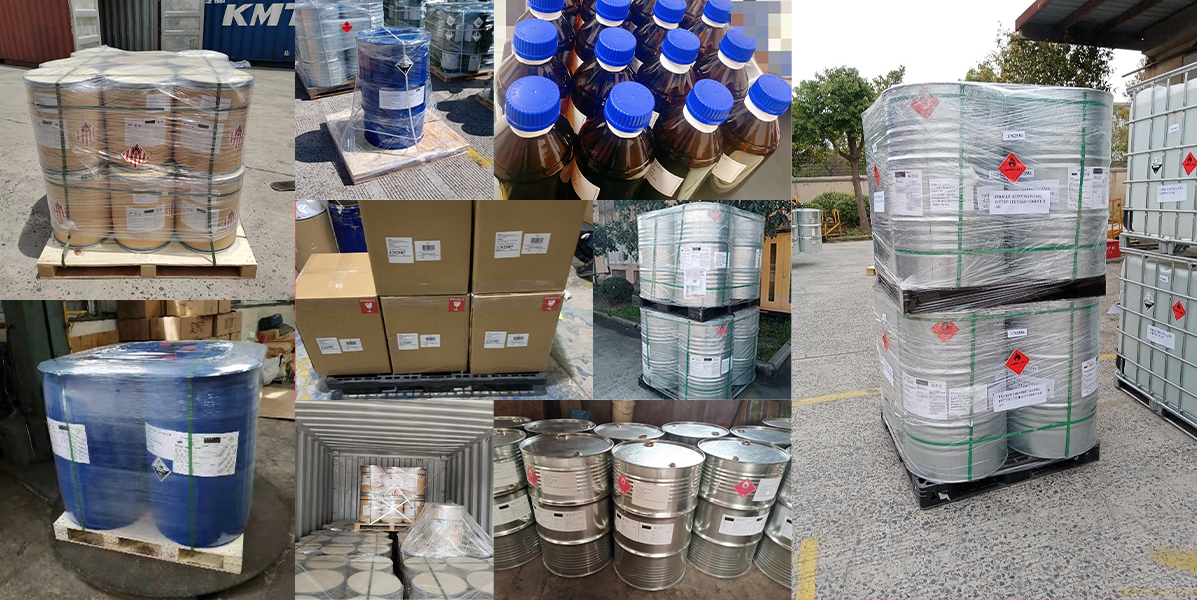Diphenylsilanediol, identified by CAS number 947-42-2, is a fascinating organosilicon compound that lies at the intersection of organic and inorganic chemistry. Its molecular structure and reactivity make it a valuable intermediate for a variety of industrial applications. For chemists and material scientists, a deep understanding of its properties and synthesis is crucial for effective utilization.
The chemical formula of Diphenylsilanediol is C12H12O2Si. Structurally, it features a silicon atom bonded to two phenyl groups and two hydroxyl (-OH) groups. This arrangement gives it a unique set of properties. Typically appearing as a white crystalline powder, it exhibits a melting point in the range of 138-142°C. Its density is approximately 1.19 g/cm³. The presence of the hydroxyl groups makes it reactive, particularly in condensation reactions, which is key to its role in polymer formation.
The synthesis of Diphenylsilanediol most commonly involves the hydrolysis of diphenyldichlorosilane (Ph2SiCl2). This reaction requires careful control of conditions, including pH and temperature, to ensure high yields and purity of the desired silanediol. Manufacturers producing this compound often employ rigorous purification techniques to achieve the standard 98% purity that is frequently specified for industrial use. This high purity is essential for applications where even trace impurities could negatively affect the performance of the final product, such as in advanced polymers or sensitive electronic components.
In the solid state, Diphenylsilanediol molecules can form hydrogen-bonded columns, contributing to its crystalline structure. While stable under normal storage conditions, it is susceptible to condensation, especially in the presence of basic impurities or elevated temperatures. This condensation reaction leads to the formation of siloxane bonds (-Si-O-Si-), which is the foundation for building longer polymer chains.
Understanding these chemical properties is vital for anyone looking to buy Diphenylsilanediol. Whether for research and development or large-scale manufacturing, knowing its reactivity, stability, and synthesis pathways allows for optimized handling and application. Manufacturers who can clearly articulate these aspects of their product inspire confidence in B2B customers seeking reliable chemical partners. Engaging with a supplier that provides detailed technical data sheets (TDS) and has experienced technical support can further enhance the procurement process.
Manufacturing Facilities






Professional Export Experience
to Global Customers

1. 20 years of R&D, manufacturing and sales experience, serving customers in 60 countries and regions around the world;
2. Own R&D laboratory, pilot platform and large-scale production workshop, which can meet the audit requirements of global customers;
3. We can satisfy customers' perfect transition from small scale lab requirements (gram level) to commercialization requirements (hundred tons level).
A: We don't have Minimum Order Quantity, exact quantity should be provided before quotation for us to calculate the exact cost.
A: We don't provide free samples due to lots of request and expensive international courier's cost, we can deduct the sample charge after commercial order placed.
A: Our payment terms: Small or sample order: T/T IN ADVANCE. Commercial order: First order should be by T/T IN ADVANCE or L/C at sight, and following orders T/T 30~90days is acceptable subject to approval of credit application.